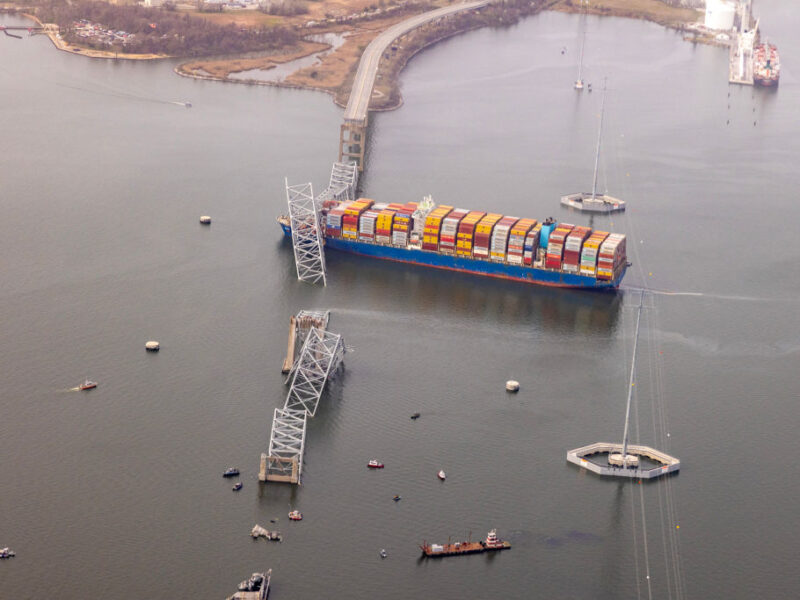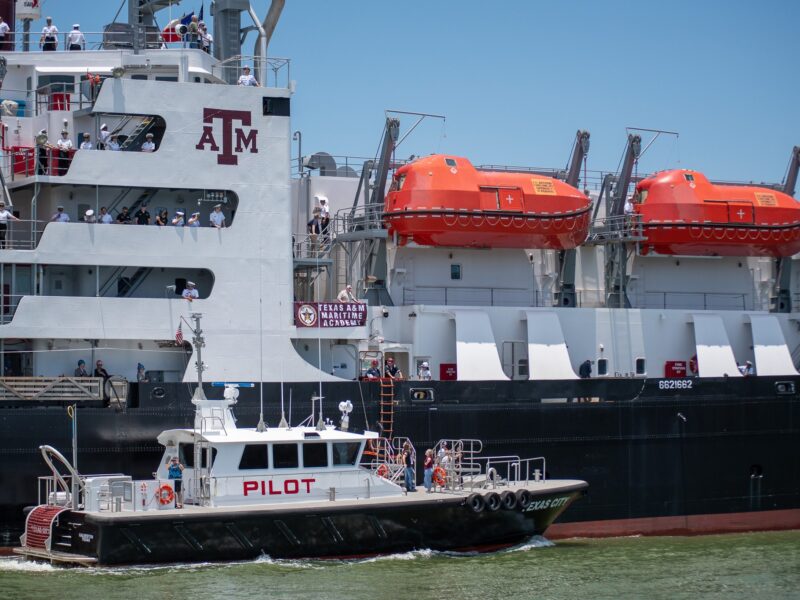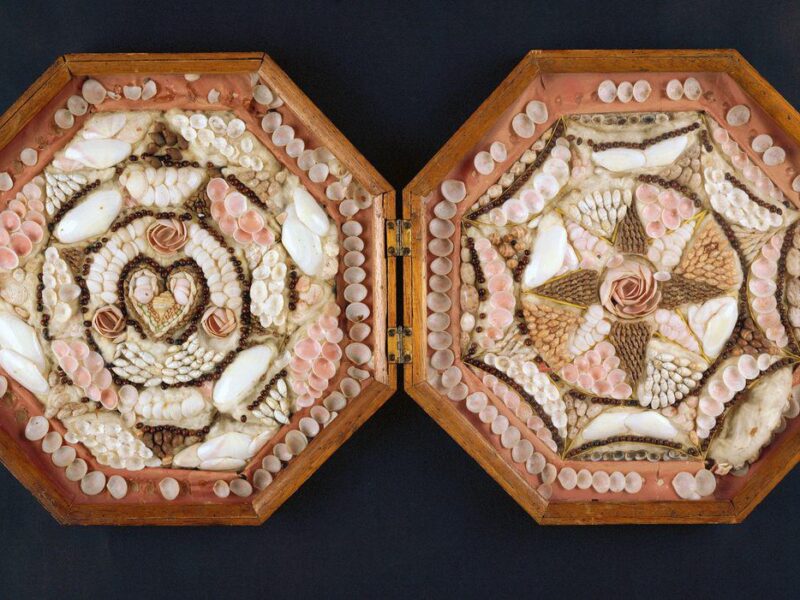Proposed Funding Cuts Spell Trouble for Texas Sea Turtles
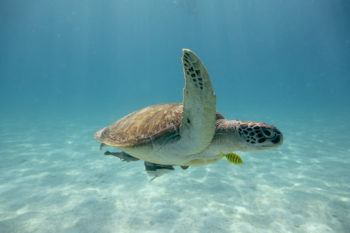
As the National Park Service looks to cut $300,000 in funding previously earmarked for sea turtle conservation work, Christopher Marshall is left simply wondering why.
Marshall, a Texas A&M University at Galveston professor in the Department of Marine Biology and director of the Gulf Center for Sea Turtle Research, has worked with sea turtle species and supported conservation efforts on the Upper Texas Coast for decades.
He’s an expert on the subject within the region and state, and knows full well that the last 40 years spent saving the endangered animals could all be for naught thanks to a new report recently released by the federal agency.
The report proposes sweeping changes and previously-stated budget cuts that would affect the number of beach patrol units, limit scientific research to within park boundaries, decrease efforts to gather and incubate eggs, and curtail hugely-popular releases to only one week per year.
“It just doesn’t make sense, quite honestly,” Marshall said. “Sea turtles don’t pay attention to international or park boundaries, and I don’t know who would want less research on sea turtles, especially the species endemic to our area.”
Marshall heads up the Upper Texas Coast Sea Turtle Patrol with the assistance of Turtle Island Restoration Network ), which focuses on the area between Surfside, Texas, and up to the Louisiana border – 72 miles of coastline. He says the impact to our region will be less than what our conservation partners to the south will endure, but there will still be consequences.
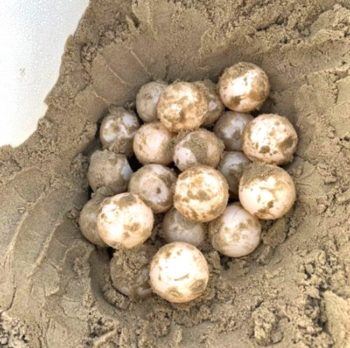
“This might affect how we protect sea turtle eggs and nests, but thankfully we have long-term funding,” he said. “The major impact will be on the sea turtle community as a whole, the viability and potential success of saving this species overall. To that end, Padre Island National Seashore represents 1% of the total Kemp’s ridley population.”
The only one of its kind in the nation, the Padre Island National Seashore (PINS) Sea Turtle Science and Recovery program is led by the renowned Donna Shaver. She is a colleague of Marshall’s and has spoken on the Texas A&M-Galveston campus multiple times in the name of academic and community sea turtle conservation.
Marshall says these funding cuts would discount the value of the PINS Kemp’s ridley nesting colony and the historic work that has been done to help it survive.
“What astounds me is this is the most endangered sea turtle in the world, so sure our measures are extreme, but here, every egg matters,” he said. “Kemp’s are endemic to our area. There’s a small group that goes around the tip of Florida, but their main nesting is in Mexico and at PINS.”
According to the U.S. Fish & Wildlife Service, around 40,000 turtles were spotted in a single arribada, which is a group of females arriving at a beach in order to lay eggs, in the late 1940s. After, their numbers took a nosedive.
In the mid-80s, a record low 702 nests were recorded. The decline was due to the direct harvest of eggs and accidental capture in commercial fishing nets. Since implementing nest protection efforts, bi-national efforts from the U.S. and Mexico to make egg harvesting illegal, and the introduction of turtle excluder devices to the fishing industry, nest numbers have been steadily on the rise.
“This is our insurance policy, if something goes wrong in Mexico, a natural or political disaster, the single or few most important nesting beaches are in peril. “It doesn’t matter what percentage of turtles nest at PINS, Padre Island is our insurance population,” Marshall said.
Marshall said there are online petitions and the public can write to their senators as well as the administration at the Department of the Interior about the funding cut.
As a keystone species, sea turtles play an important role in the marine ecosystem at large. They help to maintain healthy seagrass beds and coral reefs, provide crucial habitat for marine life and balance other marine animal populations like sponges and jellyfish. But they affect more than just other marine life.
“Not only are we saving eggs, this program represents community outreach at its best. The amount of goodwill we generate is amazing,” Marshall said of the patrol group. “We have over 300 volunteers and we’ve become part of their lives. I’ve gotten to know many Texas Master Naturalists and this program has become a major component of our local community. I know it’s the same at PINS.”
Of the seven species of sea turtles, six can be found in Texas, including the critically-endangered Kemp’s ridley. All sea turtle species are listed as endangered or threatened and are therefore federally protected.
Media contact: Andréa Bolt, a_bolt@tamug.edu
